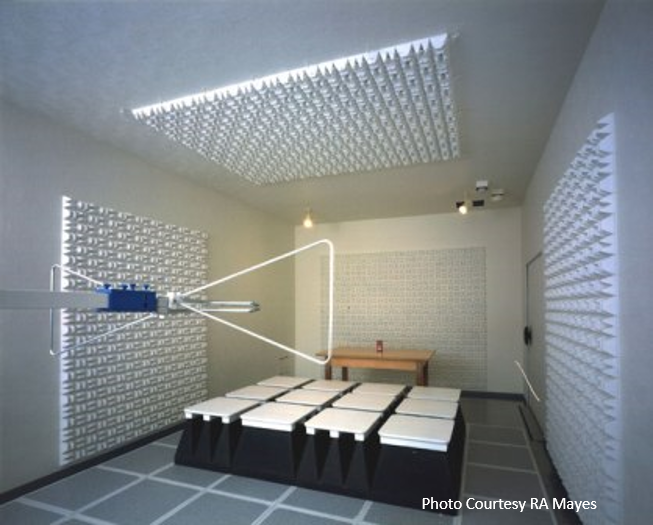Maybe it’s the economy or just random chance, but it seems like many of the companies I’ve talked to recently are looking at creating some sort of in-house precompliance test capability. It’s a good idea to save precious time and money before testing ‘for score’ at an outside lab and it certainly makes sense for companies who have to go far and wide to find an independent lab to run their tests.
Many folks tell ‘horror’ stories of company’s having to stay at an outside lab for weeks, just trying to troubleshoot failures! Often, these labs are out of town and have limited schedule openings. But what sort of pre-compliance capability should a company buy?
Pick the right tests
It can safely be said that most EMI problems are found during radiated emissions (RE) testing. That’s usually true for both commercial (FCC/CE and MIL-STD/Aerospace testing). But that’s not always the case – and it’s not necessarily the only test that should be a focus for precompliance.
For instance, high-rel equipment that needs ‘five-nines’operating reliability can’t be bothered by transients like EFT or ESD. (See methods EN61000-4-4 and EN61000-4-2). ESD is especially insidious, since it is often ‘blamed’ for several transient susceptibilities without real data to support the claims. A simple ESD gun and bench can be a cost effective way to verify your designs.
Also, having the equipment to perform power line conducted emissions is often only a few dollars more than a radiated emissions setup – and can really help your power supply designers feel better about the product before it goes out for formal test.
Look at your company’s test results from the last several design cycles. Make a judgment of which methods cause the most troubleshooting times. RE is usually picked as a minimum for a precompliance lab, since solving the RE problem can often systemically resolve other failures – but don’t limit yourself to it!
Set a Budget
As a former department manager, I have been on the other side of the fence, where super smart engineers came to me asking for the company’s (limited!) resources. Your managers are going to expect a positive return on investment (ROI) – and you need to make a super clear argument so they can pitch it to the top brass come budget-setting season. Here are a few tips:
- This one’s kind of obvious: Count up the total days spent at an outside lab troubleshooting a problem. Multiply that by the per day lab rate. If your outside lab charges $2500/day and you spent 10 days troubleshooting at that lab last year, there’s $25,000 of your company’s precious dollars going out the window. Add any per diem employees may have charged. Generally, a company will want to recoup in internal CAPEX expenditure in 5 years. That’s going to give you a VERY SOUND argument for spending at least $2500 x 5 or $12,500. Scale up or down as appropriate – and be sure to take new product design projections into account. If the company wants to expand into a new market and generate 5x the design since last year, that’s a good multiplier.
- Far less obvious but more important are opportunity costs and the development of intellectual property. Time to market and meeting schedule are often paramount. I knew a company that had a design slogan: ‘build a little – test a little’. It really worked. Having an internal capability of verifying designs that may be reused among many different products/programs at an engineering level reaps huge rewards. It increases the company IP. At the end of the day, having solid EMI design guidance can spell the difference in the marketplace. If a company looks at EMI and one of those ‘black magic tests’ that has to be ‘suffered through’ instead of being proactive, it prognosticates its own failure.
- Compare EMI to other environments – I still have a hard time comprehending how much many companies focus on Thermal, Vibe, HALT/HASS or other environments, yet are reluctant to spend any capital on EMI. Often upper management looks at EMI as a single test and asks the question: How much does an EMI lab cost? I’m here to tell you that I’ve spent over a million dollars on an in-house well-equipped EMI lab. Twice. BUT, as we are going to explore in the future, it’s not nearly as costly to develop a precompliance setup that’s targeted to the right tests – for much less than the fleet of $100k/ea thermal chambers that seem to line many engineering labs.
Equipment Selection
In future posts, we’ll examine the kind of equipment you should buy. Do you buy new or used? What may you already have in your inventory? Spectrum analyzers/receivers, antennas, test chambers, troubleshooting equipment – are all part of the equation. Stay tuned for much more on this subject…


